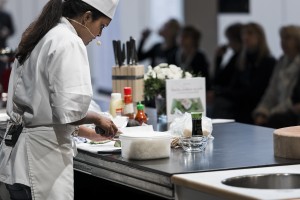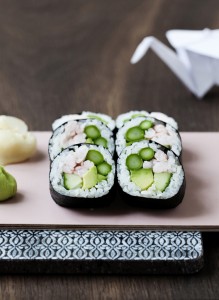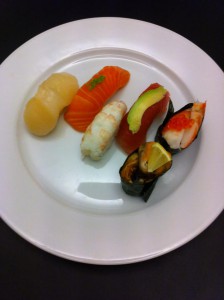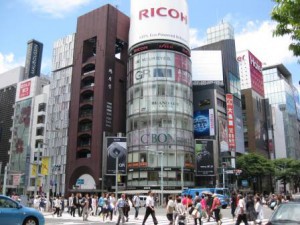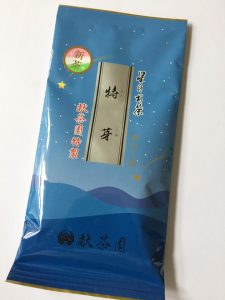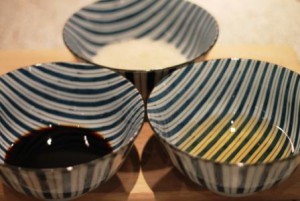 The weather does always affect food preparation. Cooking sushi rice is precision work and therefore I give more attention to the small details such as the how the weather affects the boiling of sushi rice.
The weather does always affect food preparation. Cooking sushi rice is precision work and therefore I give more attention to the small details such as the how the weather affects the boiling of sushi rice.
You use significantly less water when cooking sushi rice compared to ordinary rice that is reason why the smallest details becomes visible. Depending on whether it snow, rains heavily or if it is a hot summer it will affect also the amount of water to be used.
You may find that you need to adjust the amount of water during cooking that is one of the reasons why it can be a challenge to cook sushi rice.
Read more about Sushi course for beginners
_
Zoë has lectured and held sushi courses for A. P. Moller – Maersk, Hugo Boss Nordic, Novo Nordisk, Novartis, Velux, Gorrissen Federspiel, Beierholm revision, Elbek & Vejrup and many more.

